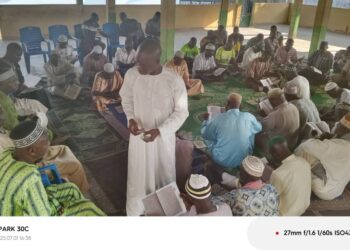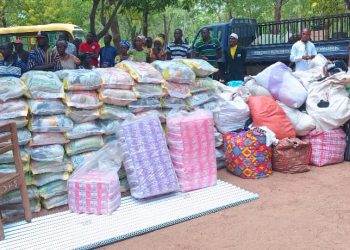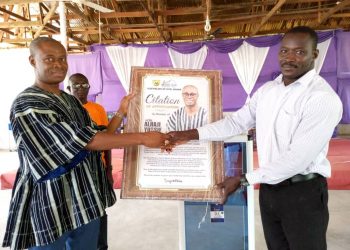
The constraints facing agriculture in the Savannah Region are many-fold but I will mention just a few for now.
1. Inclement weather conditions
2. High cost of chemical inputs and over reliance on same
3. Proliferation of heavy numbers of herds of cattle spread all over the region without adequate control mechanisms
4. Mechanisation: inadequate or total lack of agriculture machinery and equipment to work the land and the crop
5. Absence of farm credit
6. Poor agriculture extension- farmer interaction
7. Poor technological base.
These are the most crucial challenges facing agriculture and farmers for production.
The recent past Government policy on agriculture Planting for Food and Jobs partially intervened to alleviate the inability of farmers to purchase fertilizer and seed on time.
The flagship policy “planting for food and Jobs” whenever evaluated quantitatively, will receive 80% mark plus or minus 5%.
But when looked at qualitatively, there are gray areas.
For instance, no production technology followed the inputs that is to say, extension-farmer interaction has been abysmal. Therefore, farmers just threw the inputs on to the crop any how and anytime. There is not any know-how that would remain with the farmers to help them produce efficiently and sustainably after the termination of the support.
That also means a good quantity of the inputs haven’t been used properly and therefore a waste.
Some people have observed that very few farmers’ lives have become better as a result of this intervention. Their subsistence agriculture is what they still operate.
Merhanisation which is the major challenge to farmers has been side- stepped.
Irrigation of arid lands has not been given any attention so far.
So, for government to promote agriculture in the Savannah Region, the aforementioned constraints and others including processing, packaging and marketing should be given due consideration.
GBENAPEWURA
FREE-LANCE AGRICULTURIST SPECIALISING IN AGRICULTURE POLICY.









